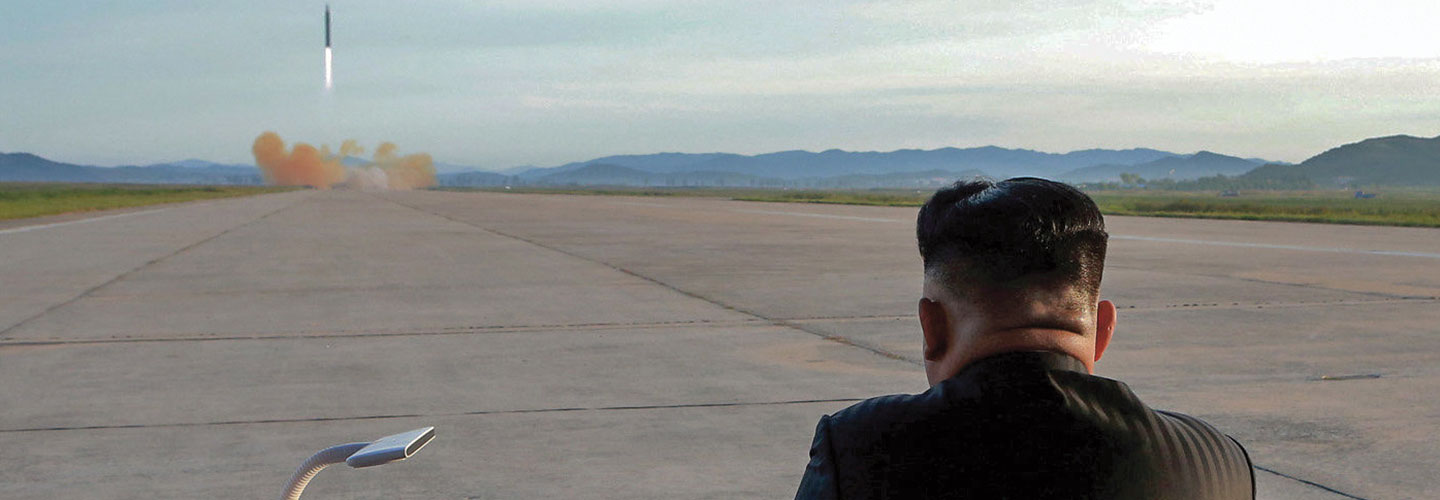For decades, tensions have mounted between North Korea and the U.S. North Korea’s leaders view the U.S. as a danger to their government and have long threatened to attack America if provoked. Until recently, though, North Korea was unable to back up its threats. The nation began developing nuclear weapons in the early 2000s, but it wasn’t until this July that it tested its first intercontinental ballistic missile (ICBM)—one that experts believe could reach the mainland U.S.
Bad feelings have grown between North Korea and the U.S. for decades. North Korea’s leaders believe the U.S. is a danger to their government. For a long time, they’ve threatened to attack if America gives them a reason. North Korea couldn’t back up its threats until lately. It began developing nuclear weapons in the early 2000s. But the nation didn’t test its first intercontinental ballistic missile (ICBM) until this July. Experts believe this missile could reach the mainland U.S.

